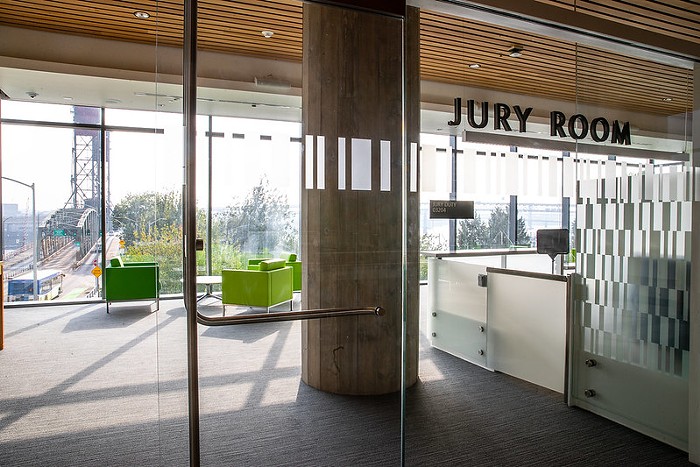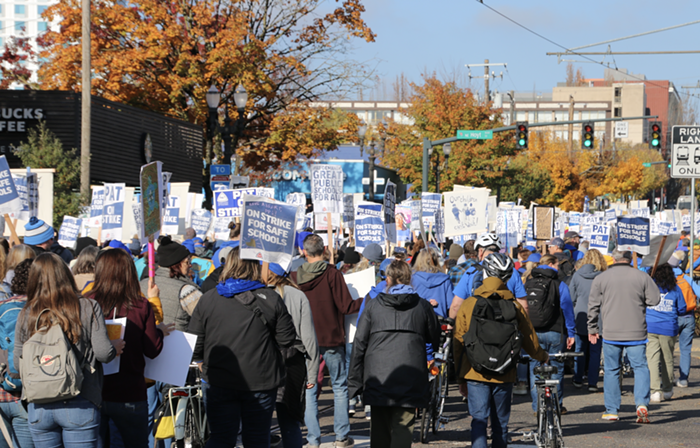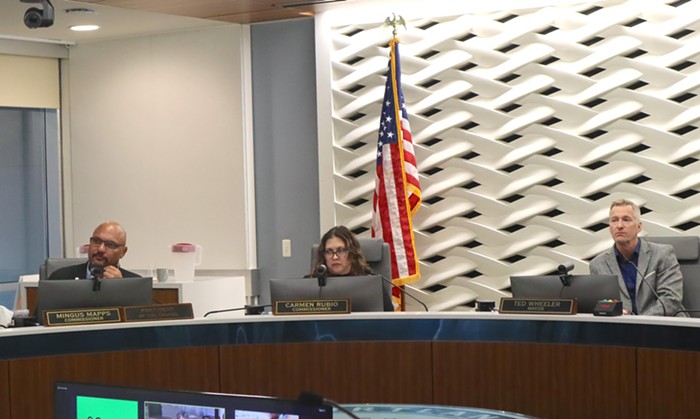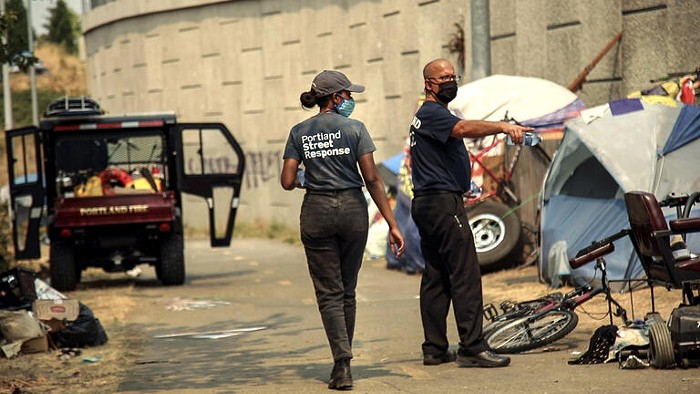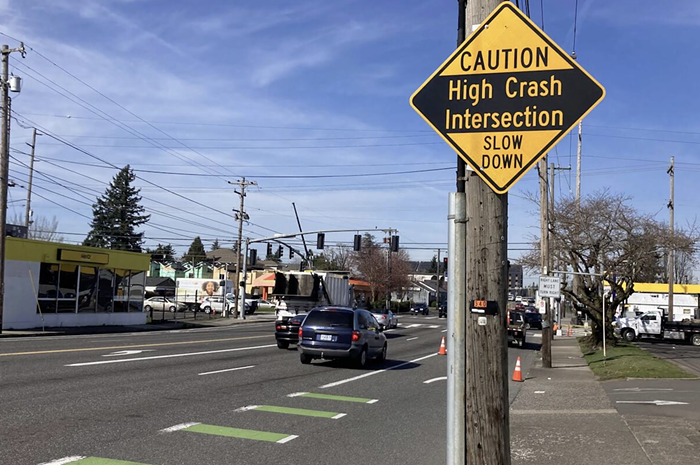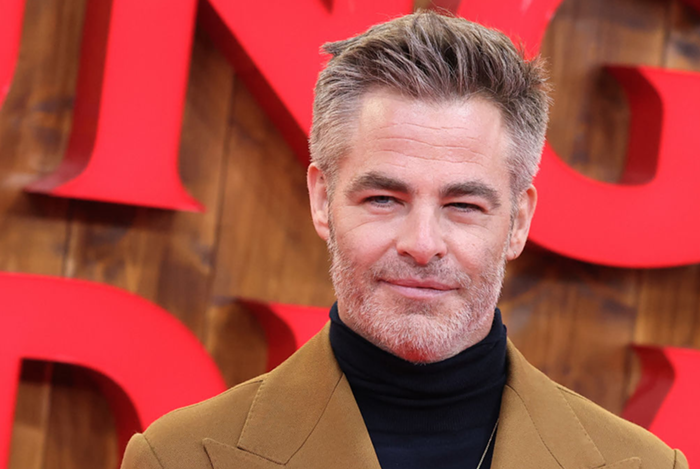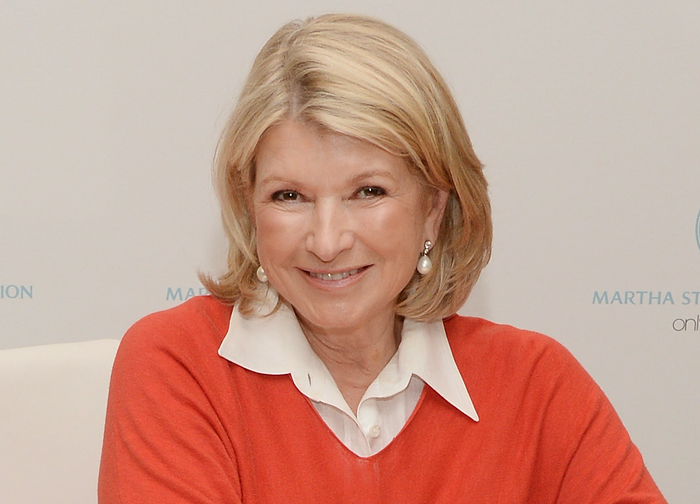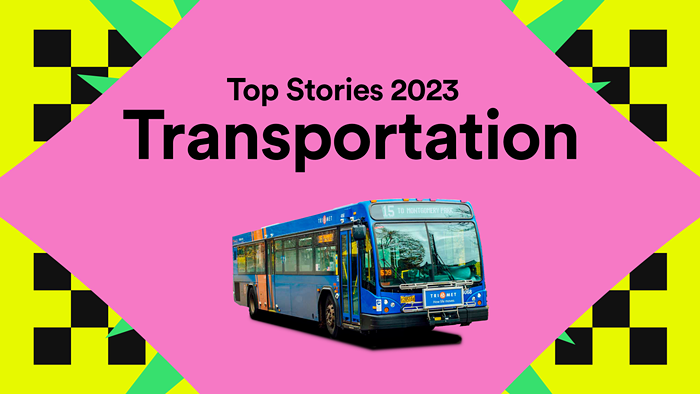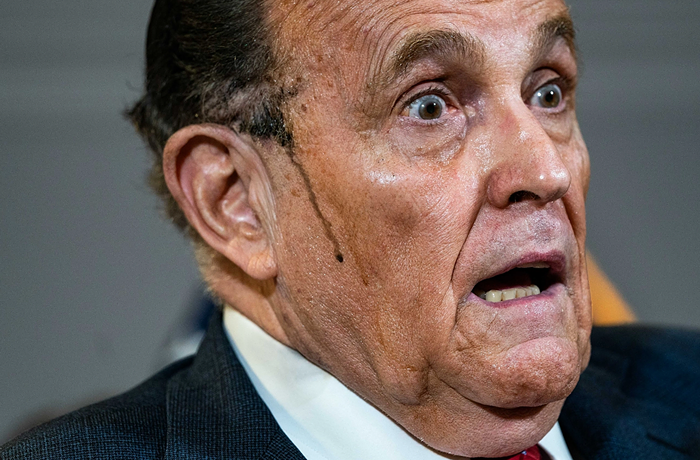Portland’s trees are an integral part of the city’s character, shrouding neighborhood streets in distinctive, charming Pacific Northwest greenery. Portland's Urban Forestry leaders want to make sure it stays that way, despite new threats to the city's tree canopy.
A lot has changed since Portland last updated its Urban Forest Management Plan 20 years ago. With the effects of the climate crisis clearer than ever, the cooling benefits of the city’s trees have become a crucial respite during increasingly hot summers. At the same time, Portland’s tree canopy has declined over the last two decades, and the inequities in urban forest coverage have become more pronounced.
However, such dire challenges have also led to more opportunities for the future of Portland’s trees. In recent years, there has been a growing awareness of the value trees serve in a changing climate, resulting in a historic bounty of resources available for Portland’s urban forest.
With those obstacles and opportunities in mind, the city of Portland is now setting out to update its Urban Forest Plan—and project leaders are seeking public input about what the new plan should include.
The first and second editions of Portland’s Urban Forest Management Plan, finalized in 1995 and 2004 respectively, both contain the same florid vision statement about the future of Portland’s urban forest. (The 1995 plan identifies 2015 as the target year, while the 2004 plan looks to 2020.)
“The view from the eastern plains at the foot of Mt. Hood to the ridgelines of the West Hills is a panorama of a healthy and diverse forest with groves of tall native evergreens that identify Portland as a Pacific Northwest city. The health of this urban forest, a mosaic of the planted landscape and the remaining native forest, is a reflection of the city's health, well-being,and livability,” the vision statement reads. “Coordinated management of the urban forest occurs because city agencies, businesses, civic organizations and citizens have formed partnerships to make a place for trees in the City.”
Some elements of that vision statement are closer to fruition than others. Compared to 1995 and 2004, the city’s urban forestry department, housed in the Portland Bureau of Parks & Recreation (PP&R), is better staffed today, and has more programs and plans in place. There are also more financial resources allocated for Portland’s urban forest—the Portland Clean Energy Community Benefits Fund (PCEF) has set aside well over $100 million over the next five years to plant and preserve trees, especially in high-need parts of the city—and a groundswell of tree advocacy groups have formed to hold the city accountable for its plans.
The resurgence of interest in Portland’s tree canopy grew after the June 2021 heat dome, during which 72 people died in Multnomah County when temperatures reached an average high of 116 degrees. In parts of the city with lighter tree canopy coverage and more concrete, however, temperatures climbed to 124 degrees. It’s become clear that trees will be crucial to Portland’s climate adaptation.
“The revised Portland Urban Forest Plan will give the City an updated framework to act on,” PP&R Director Adena Long said in a statement. “It will allow us to equitably and sustainably grow the urban forest, ensuring the benefits of a healthy tree canopy are realized by all Portlanders. A critical role of Portland’s trees is to mitigate the impacts of the heat island effect and climate change.”
Despite an influx of funding and attention, challenges remain. It has been notably difficult for city agencies to partner with civic organizations, citizens, and businesses on urban forestry projects (as the vision statement hoped). Portlanders have struggled to connect with the city to learn about plans for tree removal in their neighborhoods. The Portland Ombudsman’s Office has recommended the city revise parts of the Tree Code to “make the tree plan and street tree planting requirements clearer and more transparent to community members,” calling certain provisions of the code “vague and confusing.”
A power struggle between the city and nonprofit organization Friends of Trees led to the dismantling of a yearslong partnership in 2022, and other bureaucratic problems continue to impede tree planting and maintenance.
But there’s room for hope. In addition to the updated urban forestry plan, advocates are hopeful the city’s new organizational structure, in effect January 2025, will reduce the bureaucratic hurdles for Portland’s tree maintenance. There will be a dedicated unit for natural areas and tree management under the new organizational structure, intended to “ensure the City of Portland is more effective, more efficient, and more coordinated with [natural resource] investments.”
In the meantime, the public can weigh in on the Urban Forest Management Plan update via a survey (open until May 2) or by attending an open house event on April 24. Project leaders hope the final plan will be complete in spring 2025.


